Common Garden Pests And How To Get Rid Of Them – Pests are a common occurrence in a garden. The problem with many pests is that they are present all year. In the winter, many of them sleep cozily, waiting for the cool rains and sun to wake them up. Knowing which ones you are dealing with is key for how they can be controlled. As bylaws limit the availability of pest control poisons on the market, following do-it-yourself suggestions are worth considering.
|
Aphids Typically found on plant stems and on the undersides of leaves during wet and cool springs but also in dry summers, are tiny pear-shaped insects. Aphids use their piercing mouth parts to suck the sap from your plants leaving a sticky mess which in turn attracts other problems like sooty mold or ants. Aphids occur in a variety of colours from brown, black to gray and green. The insects often spread rapidly over plants forming large colonies. Damaged plant leaves shrivel and curl. Controlling Aphids – A sharp spray of water can blast them off the plant, the of use sticky-paper bug traps also works. Another option is to use insecticidal soap sprays that you can make yourself or purchase. Just make sure to read product labels and instructions. Ladybugs released on the plant are also a good option as they will start to reduce the aphid population over time. |
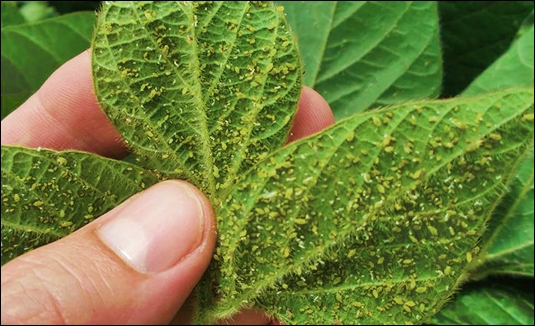 |
|
Slugs & Snails There are many ways to control slugs and snails. During the day, slugs and snails hide underneath objects, at twilight and at night they feed on your plants. Slugs and snails exist in a variety of shapes, colours and sizes and all are sticky and slimy. Controlling Slugs & Snails Control has to be to practiced regularly. Wear gloves to remove them from your garden. Going out with a flashlight in the dark will maximize your picking harvest. Less physical options are traps. Deep containers filled with beer are very effective as thirsty slugs and snails fall in and drown. Spraying slugs with a 50-50 Ammonia / water solution or sprinkling them with salt also works well. Slugs and snails have soft underbellies and they dislike crossing anything sharp. Sprinkle coffee grounds, sharp sand or use a product known as Diatomaceous Earth. |
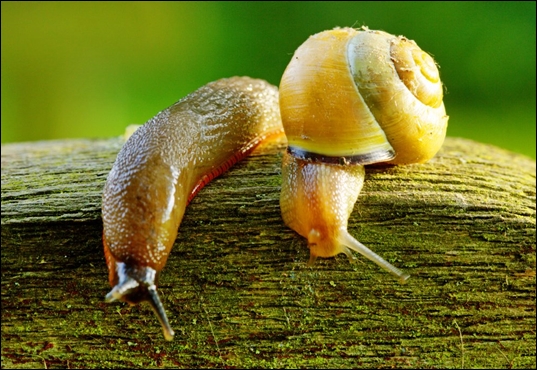 |
Read Also About: Fast Growing Shade Trees For Vernon BC
| Earwigs
Earwigs do not crawl into people’s ears as old folks tales suggest. They do however have two long pincers protruding at the end of their body, which is where they get their nickname, the “pincher bug”. Earwigs are long, black or brown coloured and they chew holes into leaves causing them to brown and shrivel. Earwig season typically takes place in late spring and early summer. In the colder, winter months, earwigs will stay underground until the ground begins to warm. Controlling Earwigs Earwigs are drawn to damp and wet, dark places. Place damp, rolled up newspapers on the ground and dispose of these traps in the morning. Traps made from vegetable-oil filled tin cans placed at ground level are another option. Diatomaceous earth and insecticidal soaps are also effective controls. Wildlife such as toads, frogs and birds will also eat earwigs and control their population. |
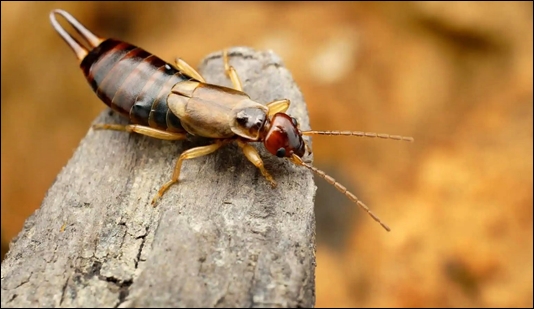 |
|
Caterpillars & Cutworms Caterpillars are hairy, multi-legged crawling bugs about 1-2 inches, typically found on stems and under leaves. Cutworms are notorious for chewing on leaves and stems of new seedlings at soil level. They feed on foliage leaving large and irregular holes. The gray, green or cream coloured cutworms are often found under leaf debris or in the soil. When disturbed they often curl into a “C” shape. Controlling Caterpillars and Cutworms The least environmentally invasive method of controlling caterpillars and cutworms is to cultivate your soil in the fall. This kills overwintering eggs. As both pests are larger, they can also be removed by hand. An old-time method of protecting new transplants with a newspaper or cardboard collar still works well today. If available, you can also spray with products that contain BT or Bacillus thuringiensis. Just make sure to read product labels and instructions. Cutworms and caterpillars are also preyed upon by certain wasps and flying insects. |
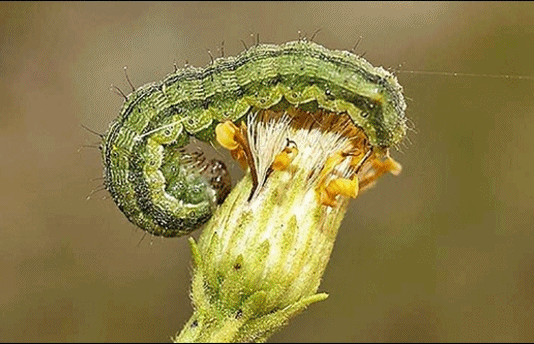 |
Read Also About: Grow Your Own Garlic This Fall
|
Spider Mites Spider Mites are tiny, almost invisible, sucking insects of green, yellow or red colours. They favour plants in warm and dry areas. Yellow dots on leaves and fine webbing are indicators of spider mites presence. They are often found on the underside of leaves and within the interior of the plant. Controlling Spider Mites The first line of defense is to increase humidity or moisture. Spray water onto the insides of plants and mist occasionally. You can also release ladybugs or spray with organic horticultural oils and insecticidal soaps. |
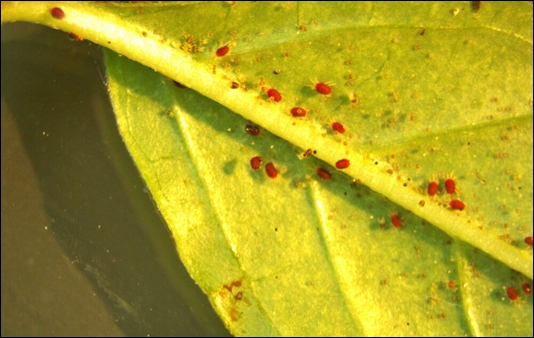 |
| Ants
Ants can be nuisance but they don’t harm plants directly. They often build their underground nests in dry, sandy soils. Ants farm aphid populations in order to harvest the sticky sap for their own benefit. Controlling Ants If ants are a pest in your garden, change sandy soils conditions or lay out ant bait. Pour several jugs of boiling water into accessible nests or sprinkle baking soda around your plants to ensure ants will stay away. You can also use coffee grounds, chili powder, cinnamon, peppermint or black pepper – all deter ants. If the ants in question are large or are finding their way into your home, they may be carpenter ants that require a call to a pest control company. |
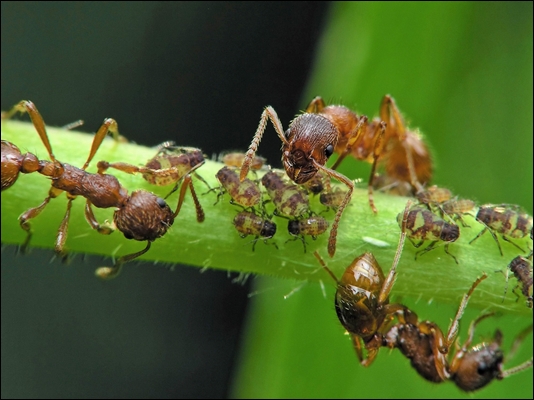 |
Read Also About: Best House Plants For Vernon BC
|
Scale Scale are small, oval and flat, immobile insects that suck away plant juices from under the safety of a waxy, usually brown coloured shield or scale. They are also found on houseplants and on tropicals. Scale insects are sometimes hard to identify and often mistaken for natural deformities like galls. Controlling Scale When in their protected stage they are generally immobile and can be treated with horticultural oil or insecticidal soap. Heavily infected sections can also be pruned off. Ladybugs and certain types of wasps are their natural enemies. |
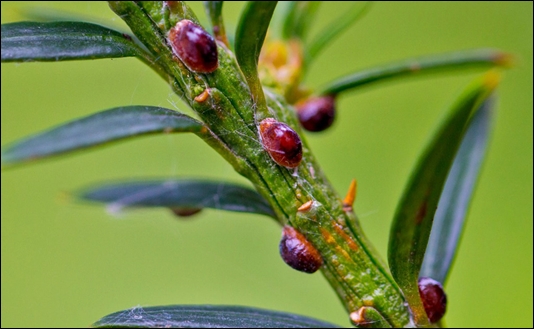 |
|
Insecticidal Soap Insecticidal Soap products utilize the power of potassium salts of fatty acids that weaken the insect’s waxy protective outer shell. Exposed insects dehydrate and die. For use on vegetables, fruits, shrubs, trees, and greenhouse plantings. Controls aphids, mealybugs, spider mites, whitefly, soft brown scale, psyllids, rose or pear slugs, earwigs, and elm leaf miner. Apply every 7-10 days when insects are present or as needed to prevent further damage. |
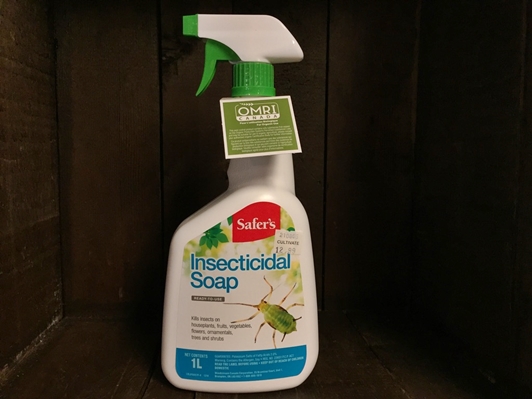 |
At Nicholas Alexander Home and Garden Centre, the friendly and knowledgeable staff will be happy to assist you with identifying and addressing your garden’s pest problems. Visit Vernon’s New Garden Center of Choice today!